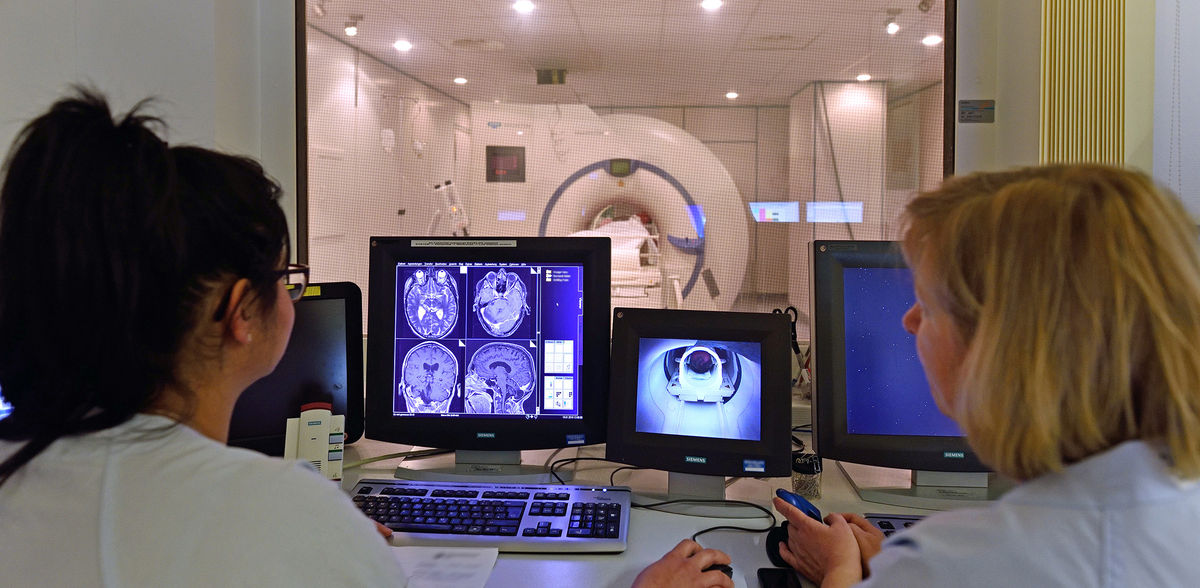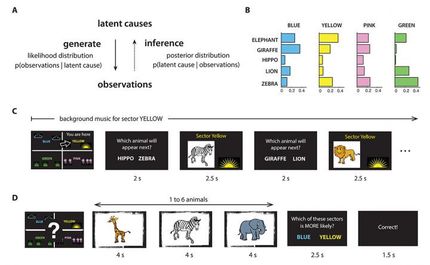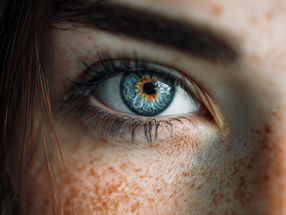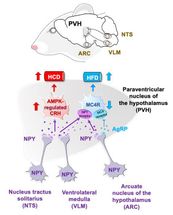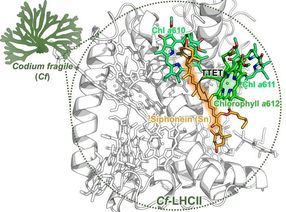How sex hormones influence brain structure
Advertisement
In an extensive longitudinal study, an international team of authors led by Jena psychologist Dr. Carina Heller investigated the influence of female hormones on the patterns of brain plasticity during the menstrual cycle. The effects of hormonal contraception and cycle disorders such as endometriosis were also taken into account. The results, which have now been published in the journal Nature neuroscience, show that all areas of the brain are subject to hormone-related fluctuations and that it is important to look beyond the normal menstrual cycle in order to understand them.
Morning routine for science: For five weeks, three women and one man had an MRI scan every day after breakfast. After the brain scan, a blood sample was taken and the concentration of the ovarian hormones oestradiol and progesterone was determined. The test subjects also answered daily questionnaires on mood and anxiety. With this elaborate series of measurements, a research team led by Jena psychologist Dr. Carina Heller tracked how the brain structure changes over the course of the female hormonal cycle. In order to better understand the influence of hormones, they chose a woman with a regular natural cycle, a woman taking hormonal contraceptives, a woman with endometriosis and a man whose hormones are not subject to cyclical changes. In addition, the team looked at the freely accessible 28andMe dataset of another woman with a typical menstrual cycle.
The natural fluctuations of sex hormones control the menstrual cycle in women throughout the fertile phase of life. Since the brain is also equipped with sex hormones, it is also subject to corresponding changes. These had never before been investigated in the entire brain, over the entire cycle and with different hormonal constellations. The MRI measurements showed that these changes not only affect individual regions, but the entire brain, including the cerebellum and subcortical structures. "Surprisingly, the volume changes in the brain over the menstrual cycle showed roughly the same pattern of brain regions in all four women. However, how the brain structure of a particular region changed differed significantly depending on the individual hormonal conditions," explains first author Carina Heller, who is currently a visiting researcher at the University of Minnesota and the University of California in Santa Barbara.
In women with a typical menstrual cycle, progesterone was the main factor determining the fluctuations in brain structure. In contrast, oestradiol, when it is the dominant hormone throughout the cycle - as in endometriosis or when taking the pill - also appears to exert a greater influence on structural brain dynamics. Carina Heller: "A key finding of our study is that the brain-hormone coupling is not universal, but depends on the hormonal milieu. And that we must not limit our research into this connection to 'normal' cycles."
Because the data comes from very few test subjects, the results cannot be generalized without restriction. Broader measurements are needed to confirm these results and to investigate inter-individual variability. However, the longitudinal design, i.e. repeated measurements on the same individuals, makes it possible to uncover individual spatio-temporal patterns that often remain hidden in large cross-sectional studies.
The project began as an individual longitudinal study: Carina Heller wanted to investigate the influence of hormonal contraceptives on the brain and underwent an MRI scan herself - for one month before, during and after stopping the pill. One set of data from the study now presented comes from the young scientist herself. "My plan is to take further measurements regularly, preferably until the menopause. Because we still know far too little about the influence of hormonal changes on the brain."
Note: This article has been translated using a computer system without human intervention. LUMITOS offers these automatic translations to present a wider range of current news. Since this article has been translated with automatic translation, it is possible that it contains errors in vocabulary, syntax or grammar. The original article in German can be found here.
Original publication
Carina Heller, Daniel Güllmar, Lejla Colic, Laura Pritschet, Martin Gell, Nooshin Javaheripour, Feliberto de la Cruz, Philine Rojczyk, et al.r; "Hormonal milieu influences whole-brain structural dynamics across the menstrual cycle using dense sampling in multiple individuals"; Nature Neuroscience, 2025-9-26
